Email: geoff@geoffdann.co.uk
04/08/2017
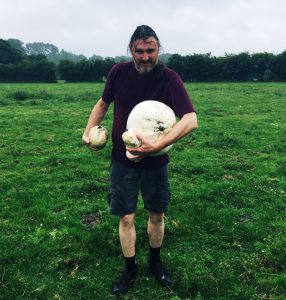
Giant Puffballs. This photo was taken in very wet weather last week. There were about 25 of them in the same field. It is a classic year for this species.
WOW! What a stunning start to this year’s mushroom season. I have seen it start with a bang in early September before, but I have never before seen anything like what I’ve seen today. Penny Buns a-plenty, loads of other boletes including two I’ve never found before, masses of Russulas (Brittlegills), all sorts of members of the Agaricaeae, plenty of Amanitas and a lovely selection of other stuff including some that don’t normally fruit until the start of October. I have no idea why things have gone so crazy so early – perhaps something to do with two unspectacular previous years, or perhaps the fungi just like this year’s weather. The plants are early too – things like blackberries and plums in fruit earlier than normal. What this indicates for the coming autumn I do not know. Maybe it is going to be an absolutely storming year for mushrooms. Or maybe this is a flash in the pan and it is all going to go very quiet in the autumn. Either way, NOW is the time to get out there if you want to find some good late summer fungi. The situation in Kent and Sussex is better for fungi than I have seen it at any time since the peak of the 2014 season in October that year. Given that the season has started early, I have very few bookings for what might be the best time to go mushrooming this year. Please contact me if you want to get a group together, or arrange some personal tuition. I was with somebody from northern Italy today, who told me it was the best day’s mushrooming he’s ever experienced.
The first of these photos was taken last week (by journalist Sophie Haydock – thanks Sophie!), and perhaps the torrential rain on the morning it was taken has helped with the current flush. All the other photos were taken today. This is not a complete record of what we found today, just the most interesting from a foraging point of view.
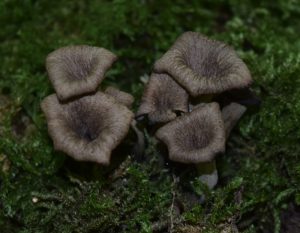
Horn of Plenty. At the start of August!!! More typically this species fruits in October. The best of the best. Woo-hoo!
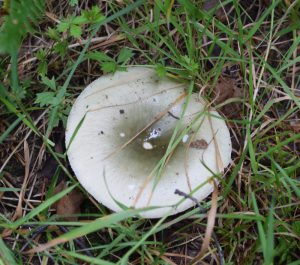
Green Brittlegill. Good edible, but can be mixed up with some poisonous species if you don’t know what you are doing…
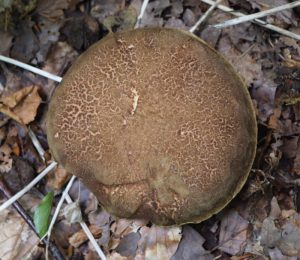
One of the small Xerocomus species. Not so many of these today, and hardly exciting as edible fungi go.
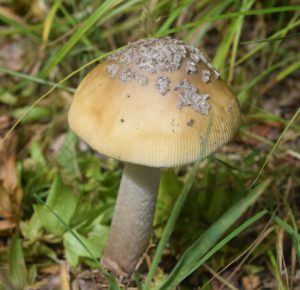
Snakeskin Grisette. Wrongly believe to be poisonous by many people, including Roger Phillips. Excellent edible species (must be cooked), but for experts only (too similar to a Deathcap).
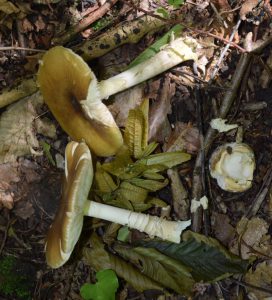
Deathcaps, knocked over, probably deliberately by some **** who thinks destroying poisonous fungi is a socially acceptable pastime.
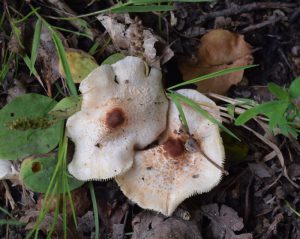
Stinking Dapperling. Not for the pot! Although unlike some of its relatives, this one won’t kill you.
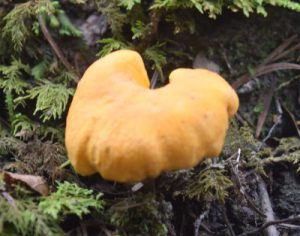
Chanterelle – looking rather lonely and out of focus. We saw a few of these today, but not worth picking. I found a better patch last night while walking the dog and ate them for my breakfast this morning.
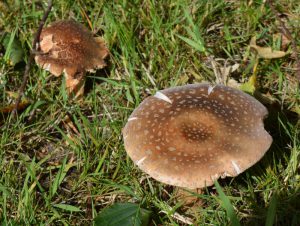
The Blusher. Fruiting in abundance right now. Excellent edible if you can avoid mistaking a Panthercap for it.
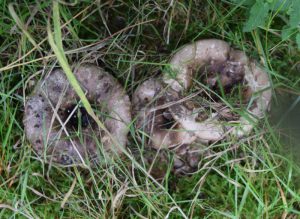
Blackening Brittlegill in edible state, but hardly worth bothering about when there’s such a bounty of other stuff available.
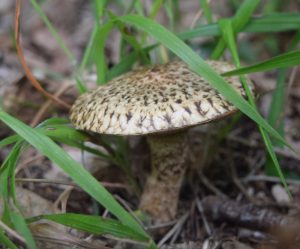
A rather shaggy Sticky Bolete. Uncommon, and though edible it is not worthwhile and should be left to multiply.

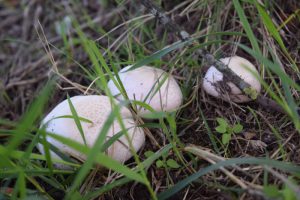
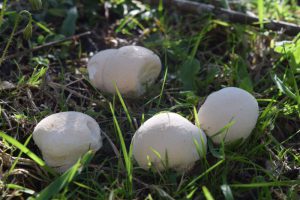
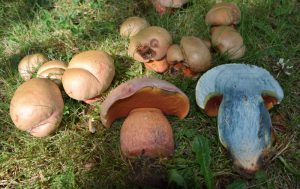
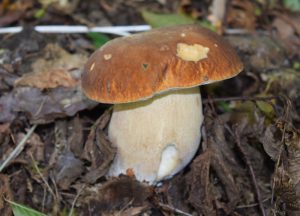
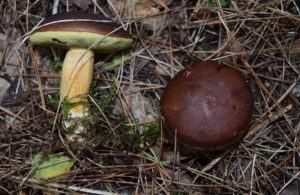
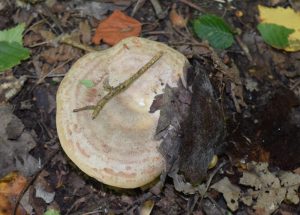
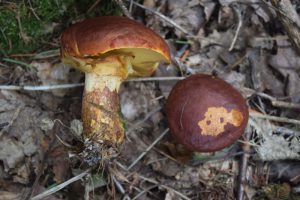
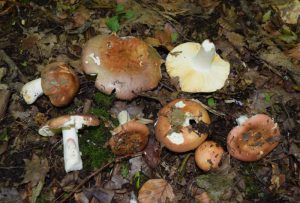
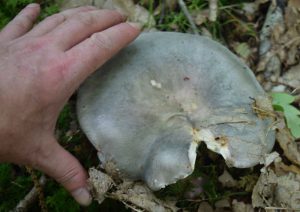
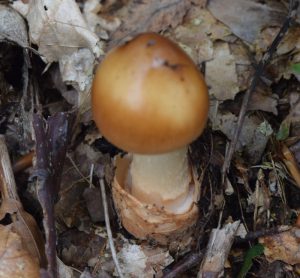
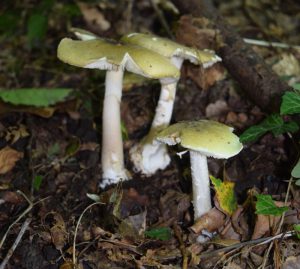
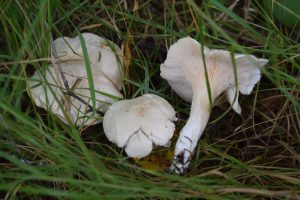
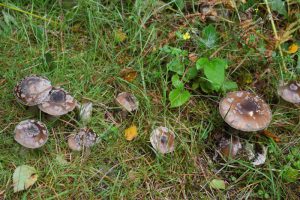
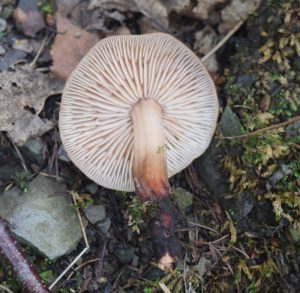
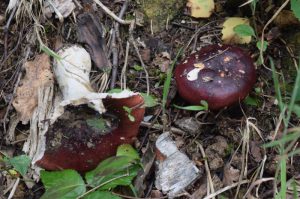
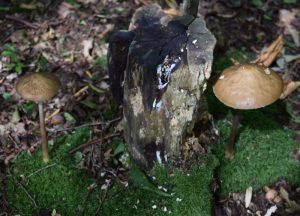
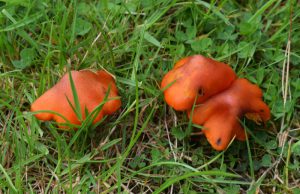
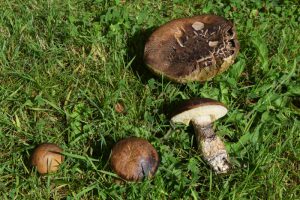
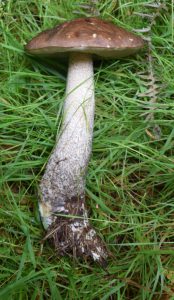
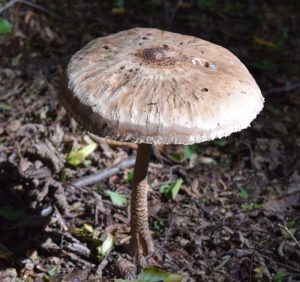
wow! this is amazing! as an aspiring mycologist (absolute beginner) this is a lovely blog for ident help.
thank you
could I follow your blog?
Of course, you are welcome. Although if you want to identify stuff you will need a decent book!(signed copies of mine (https://www.amazon.co.uk/d/Books/Edible-Mushrooms-Foragers-Guide-Fungi-Britain-Europe/0857843974) are available directly from myself for whatever Amazon is selling them for at the time, free P&P). The internet is an unreliable source of information. But this blog post might help you if you are out and about in the UK over the next few days.
Hi Geoff, I’ve only recently started looking into foraging and have just come across your website. Must say that I’m already a big fan! I’m particularly interested in fungi foraging, I don’t have a group that I can get together but if you get enough interest in a public session sometime soon I’d be very interested in attending? I keep spotting various kinds of mushrooms in the woods where I walk my dog and wondering about all of the possibilities 🙂
Hi Jo. I have sent you an email reply to your message.
Hi. I am a keen amateur mycologist but mainly interested in edible fungi. I live in Sussex and though I haven’t seen any trumpets yet I’ll keep an eye open in my usual spots. Isn’t it just magic so far and so early. Had my first parasol yesterday. Dipped in egg and flour, fried in butter and eaten on toast. Simply divine!
Good luck!
Hi i found giant puff balls today never seen before wow they are massive
We too have taken advantage of the early season: several ceps (penny-buns) on a foray about ten days ago – but on revisiting the same woods yesterday we turned up mostly Hedgehog fungi – remarkably early for this species!
Great set of pictures – I’m always on the lookout for unusual boletes, and your ‘bilious’ specimens are intriguing – if eminently inedible! I’d have taken them for the somewhat more common B. luridus, they look rather similar. You may recall I sent you some pics. of B. satanas which I’d snapped in France a few years ago.
Incidentally, are the ones you label ‘larch boletes’ in fact Suillus luteus, rather than S. grevillei? I thought the latter were a lot more yellowish. We’ve seen a lot of both.
“Incidentally, are the ones you label ‘larch boletes’ in fact Suillus luteus, rather than S. grevillei?”
I don’t think so, no. They were growing on a path next to a larch plantation with a large amount of other larch boletes. The Bilious boletes were on a grass verge in Hastings, and were victims of a council mower very soon after. 🙁